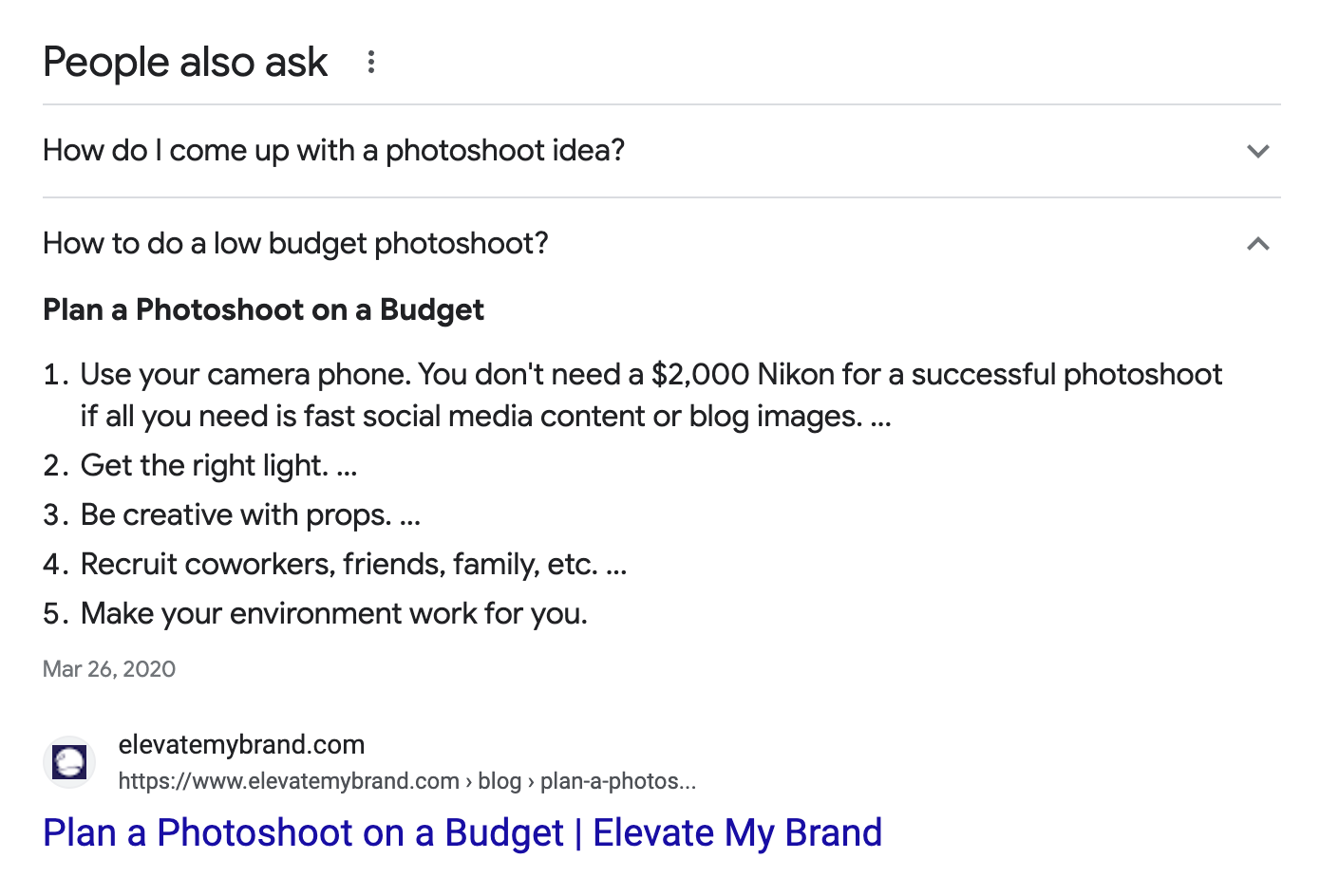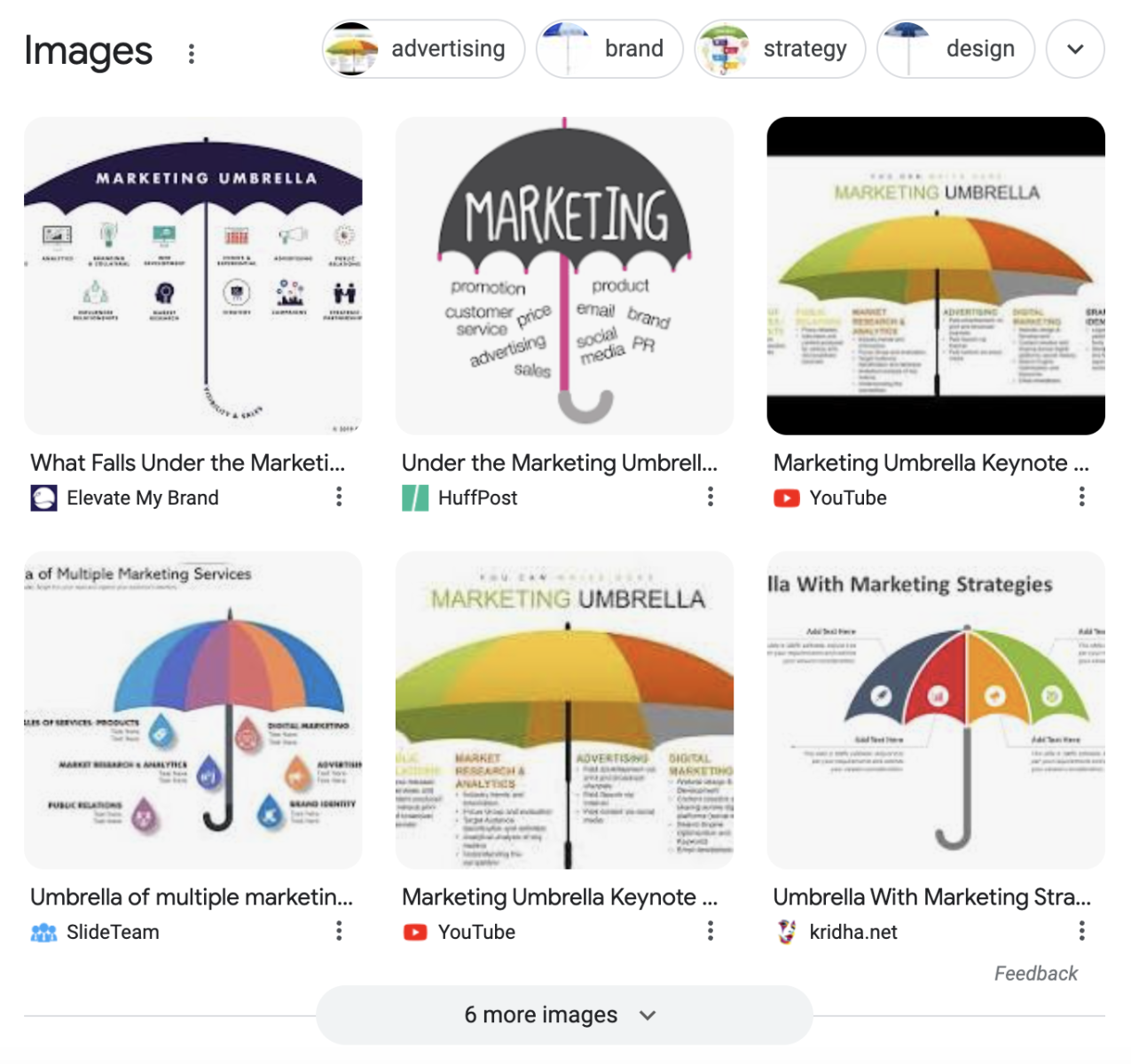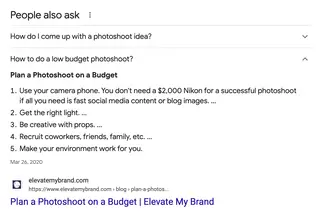
5 Tips on How to Write Better Meta Descriptions
Writing a website meta description is like returning a cart at the grocery store—it’s a simple act with far-reaching benefits, and yet it feels like too few people do it. And while a dent in your driver-side door is an easier repercussion to see than poor SEO, the repercussions are there nonetheless.
Meta descriptions are a critical part of a website and its content and deserve attention. While there’s really only one way to return a cart at the store, there are lots of ways to write a meta description—some much better than others. And in some cases, your meta description may be the thing that gives your site the edge over a competitor in search results.
Why write meta descriptions?
Before I dive into the weeds, let’s make sure we’re on the same page. A meta description is a one- to two-sentence description that explains what a web page is about. You write the description and add it to the backend of your website via your content management system, and then ideally (more on that in a moment) it appears beneath that page whenever it shows up in search results and on social media. Its purpose is to help users decide whether or not the web page provides a good solution to their search needs.
For reference, here is this blog post's meta description: "Improve your meta descriptions. Go beyond the basics of long-tail keywords and 160 characters to write really amazing meta data. Read more from EMB experts."
Is it true that Google and other search engines can override your provided meta description? Yes. That’s why I said “ideally.” Sometimes, Google opts to share its own meta description when the one that’s provided doesn’t seem to match the associated search queries, if your page is an unpopular result for a search query, etc. So why write one? Because it’s important to control the narrative about your own brand. Search platforms are smart, but they’ll never understand your brand in the ways that you can. Plus, even if Google does change your meta description, that’s a lesson; clearly there’s a discrepancy between what you think the web page provides and what Google and its users think it provides.
But that’s beside the point because you’re about to read our top five tips on how to improve your meta descriptions and you won’t have to worry about Google ruining the vibe anyway.
How do I write the best meta descriptions?
Most marketing blog posts about meta descriptions stick to the basics: don’t exceed 160 characters, stay on topic, include a call to action and ensure the content is unique to the web page. But we’re going to go beyond that. Our five tips aren’t about how to write a meta description—they’re about how to write a better meta description.
1. Answer a specific search question.
 As smart speakers and voice searches rise in popularity, it’s important to think about your website content as the answer to a question. If you find that your landing page provides multiple answers to multiple questions, that tends to be an indication that your page should be broken out into several pages—not only for search engine optimization (SEO) but for user experience as well.
As smart speakers and voice searches rise in popularity, it’s important to think about your website content as the answer to a question. If you find that your landing page provides multiple answers to multiple questions, that tends to be an indication that your page should be broken out into several pages—not only for search engine optimization (SEO) but for user experience as well.
As we eke closer to Web 3.0 (which means, in part, that Google will prioritize “website stickiness” over clicks), it’s critical to ensure you’re ending a user’s journey. When most users click on your site and immediately return to the search results to click elsewhere, Google takes notice.
Another benefit to framing your meta description as an answer to a question is that you increase your likelihood of appearing in SERP features such as Related Questions, Featured Snippets or Knowledge Graphs. This builds your brand equity and authority.
2. Focus on a long-tail keyword.
Estimates vary, but most web data publications will tell you there are almost five billion indexed pages on the world wide web. Five billion! And that doesn’t include unindexed pages, which brings the estimated total closer to 50 billion. That means the amount of content out there is incomprehensible and the competition is steep. If you think you can be broad and still win the search engine game, you’re wrong.
As exhibit A, consider the fact that the search “how to bathe a monkey” has almost two million results. Even with a niche focus, it’s easy to get lost in the shuffle. Make sure you choose a specific, long-tail keyword to include in your meta description. Even “hypoallergenic monkey shampoo” is better than “monkey shampoo.”
3. Include your company name.
 It sounds like a no-brainer, but it’s somewhat of a minor debate amongst SEOs and, in fact, most marketers will likely tell you not to include it. And they have a point; if the meta data and content are clean and clear, then there’s no need to include the brand name. Plus, it can often come across as “keyword stuffing,” or using unnecessary words and phrases to enhance your SEO, often at the detriment of the user experience.
It sounds like a no-brainer, but it’s somewhat of a minor debate amongst SEOs and, in fact, most marketers will likely tell you not to include it. And they have a point; if the meta data and content are clean and clear, then there’s no need to include the brand name. Plus, it can often come across as “keyword stuffing,” or using unnecessary words and phrases to enhance your SEO, often at the detriment of the user experience.
While I agree that you can leave out your company name, if you have the available characters and can insert it without sacrificing readability, you absolutely should—or, at the very least, include an abbreviated name, like “EMB” for Elevate My Brand. It never hurts to take a natural opportunity to remind people of your brand name.
4. Speak directly and plainly.
In my opinion, your meta description should pass the Flesch-Kincaid readability test. In other words, it needs to at least be understood by a person with an eighth-grade equivalent reading ability. Don’t complicate it. Your customers and visitors will come from a variety of education levels, native languages and backgrounds, so you have to cater to as many of them as possible. Plus, putting your web page into its simplest terms allows you to put more content into the meta description.
This is also a good practice in general. As a diversity- and data-driven creative agency, we talk a lot about accessibility in marketing. Meta descriptions are no exception. If you want to cater to a wide range of physical and cognitive capabilities, you have to center accessibility in every element of your digital marketing.
5. Show your personality.
You aren’t likely to hear this from most web teams, but it is incredibly important to show your personality and brand voice in your meta descriptions. Let’s say you and your top ten competitors all provide the same or similar service. You probably have similar web pages to answer similar search questions with similar keywords. What is going to make a user click your meta description over theirs?
If your meta data is more personable or provocative in one way or another, then even if you offer the same content as your competition, your answer is going to be more appealing, leading to more clicks. Never let personality detract from the utility, but always aim to imbue your answers with a bit of flair. Besides, if your website is written in your brand voice—as it should be—then users need to know what to expect when they click over to your site.

Will you write meta descriptions for me?
As an award-winning marketing agency with a team full of experienced content creators, we’d be thrilled to support you in writing well-crafted meta descriptions focused on conversions and brand. We’re a full-service firm, so even if we aren’t building your site, writing on-page copy or designing web infographics, we keep the whole picture in mind as we work on the meta data.
Get in touch with us for a free consultation, or fill out the form below to go ahead and get started!
Cody H. Owens,
Content Director